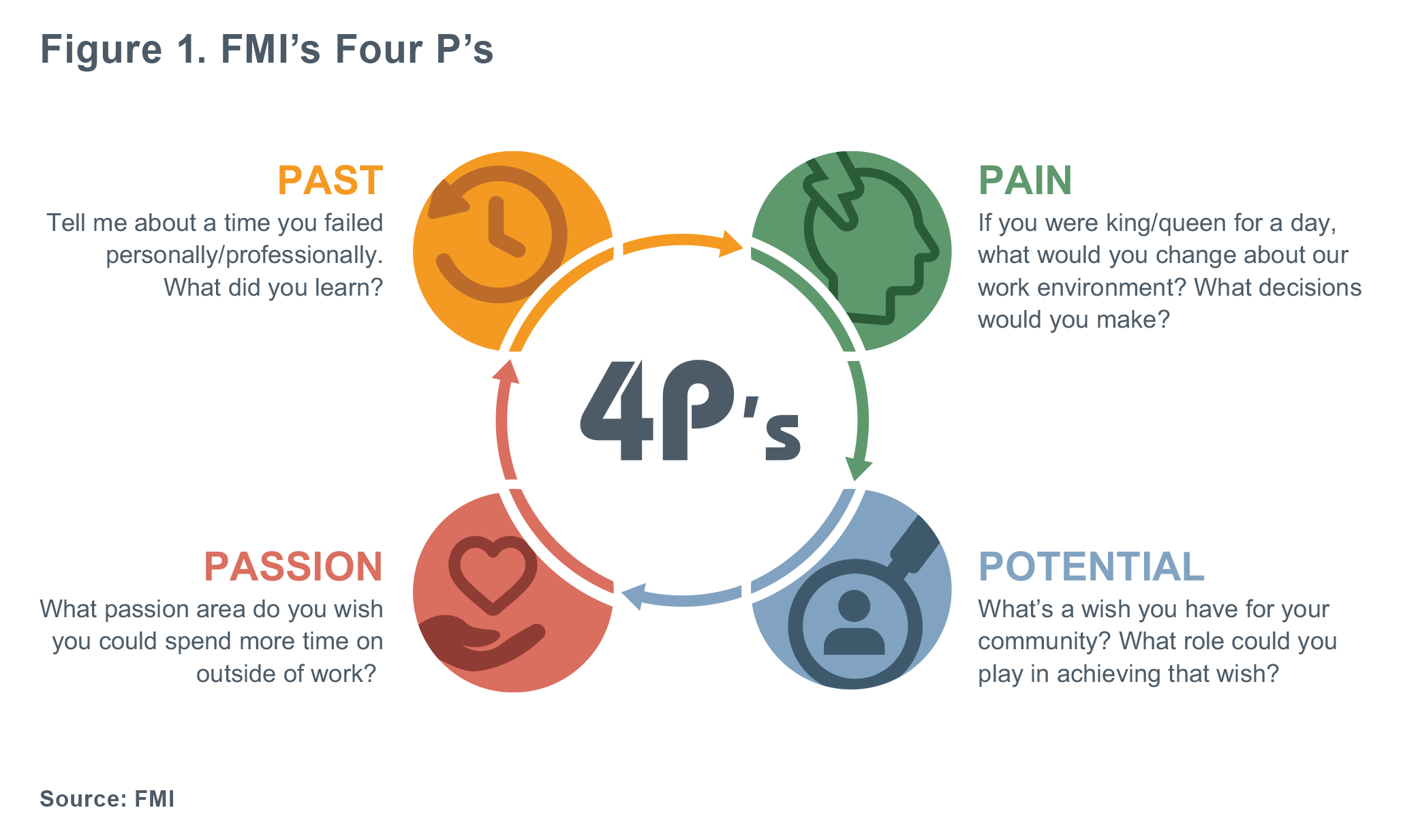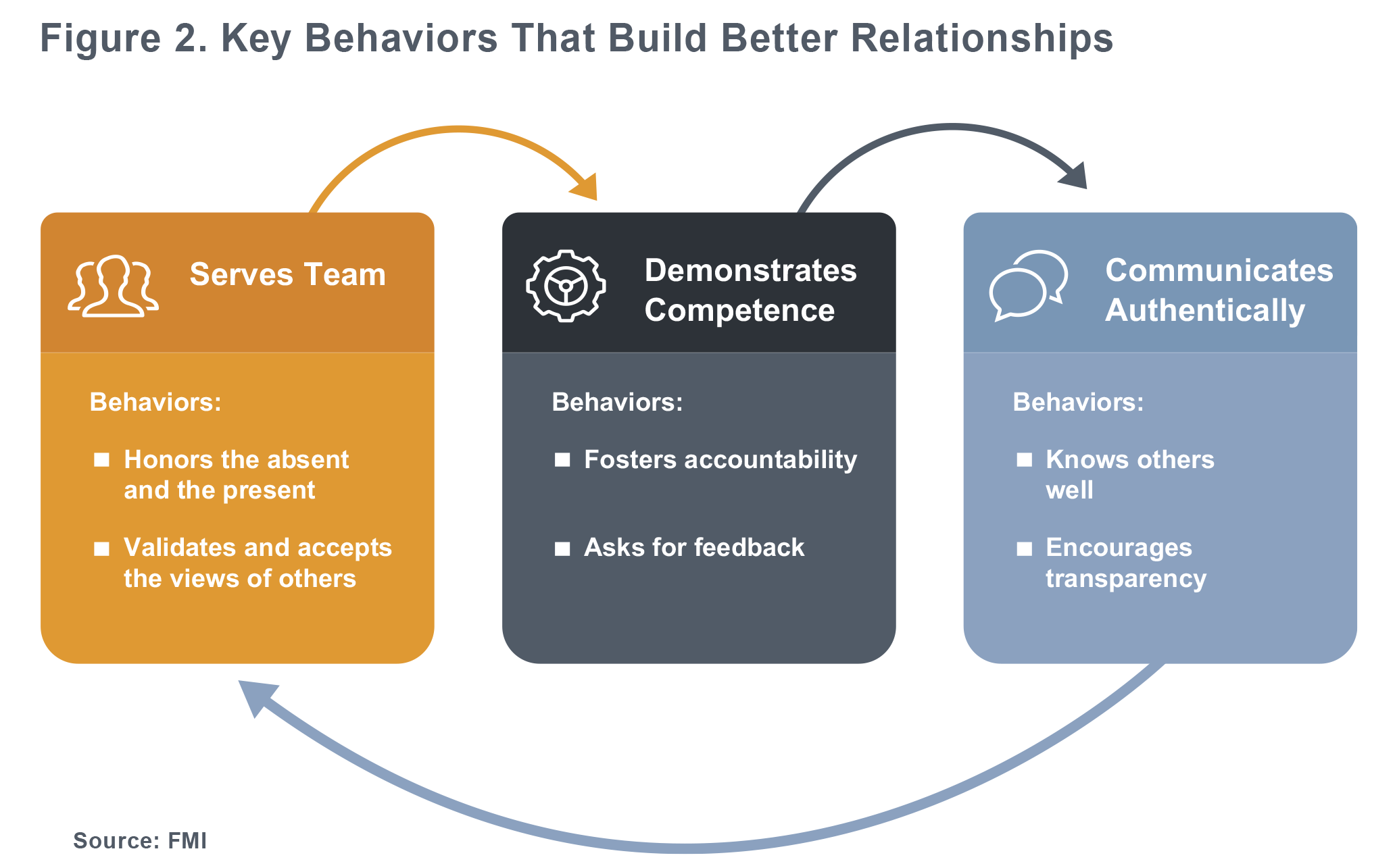Quiet Quitting: The New Leadership Challenge

Many in C-suites, the media and human resource circles across the country are talking about the phenomenon of “quiet quitting,” or workers doing the bare minimum to avoid losing their jobs.
The onset of this can be attributed to a backlash against the culture of continuously working and constantly being available to clients and co-workers.
While there is nothing new about this behavior, organizations are feeling the impact of quiet quitting now more than ever. This is due to many factors, including exhaustion as the pandemic wanes, a severe labor shortage that has plagued the engineering and construction (E&C) industry for decades, organizations requiring more from their people due to an inability to find enough talent, and the cumulative stress of living through multiple unprecedented events over the past few years.
Research on this buzzing phenomenon points to one key factor: Quiet quitting is not laziness, but a symptom of poor management. It’s up to leaders to create a positive work environment to engage and retain employees, now and in the long term.
Understanding the Root Causes
According to 2022 Gallup research, at least 50% of the U.S. workforce is quietly quitting, and employee disengagement is at an all-time high. Employees are abandoning the idea of going above and beyond for their jobs. Quiet quitters are doing just enough productive work to not get terminated. But what is causing this trend?
Quiet quitting rates plummeted to only 3% for managers who were rated the highest at balancing results with relationships, with 62% of their direct reports willing to go beyond the minimum requirements of their jobs.
An employee’s engagement level is the biggest driver of quiet quitting behaviors, but there are other factors to consider as well:
- Lack of trust in the workplace. A low-trust environment and poor relationships can cause people to disconnect.
- Employee burnout. The toll of the last two pandemic-stricken years has left many people feeling exhausted and, as a result, reassessing their boundaries at work.
- Misalignment on the reasons for going above and beyond. An employee’s inability to clearly see the connection between effort and corresponding rewards or the business case for putting in extra work can be a source of disillusionment.
- No strategic investments in employees. Organizations that do not have a clear employee engagement strategy and do not invest in employees through practices such as career pathing or supporting education goals are likely to see motivation decline over time.
Research from a 2022 Gallup study indicates that for employees younger than 35, there are a few crucial drivers of disengagement at work. These include not having opportunities to learn and grow, not having someone who encourages or cares about them, and not knowing what is expected for their roles.
A 2022 Harvard Business Review article found a significant relationship between effective managers and the rate of disengaged workers. The least effective managers, as rated by direct reports, have three to four times as many people who fall in the quiet quitting category compared to the most effective leaders.
Of the least effective managers, 14% of their direct reports were quietly quitting, and only 20% were willing to give an extra effort. Quiet quitting rates plummeted to only 3% for managers who were rated the highest at balancing results with relationships, with 62% of their direct reports willing to go beyond the minimum requirements of their jobs.
Leaders who pay attention to employee development, work on engaging and supporting staff, and offer clear career paths or learning opportunities can improve morale and the overall work environment. When people understand the strategic reasons for their tasks and can see opportunities for personal and professional growth, they’re more likely to continue to work hard and contribute to the company in meaningful ways.
It Starts at the Top
Managers and leaders are essential in combating quiet quitting. Yet only 1 in 3 managers themselves are engaged, making it hard to motivate those who work for them. Senior leaders need to pay particular attention to this critical demographic and learn what will help motivate them and what tools they need to be successful.
Getting to know employees at a deeper level is fundamental in fostering a sense of belonging, improving motivation and creating strategic alignment. Weekly one-on-one meetings between managers and employees are a highly effective tool for reducing burnout and disengagement. This helps create accountability for individual performance and connects employees’ work to the larger goals of the company.
It’s important to set guidelines for making these conversations more effective, such as FMI’s Four P’s framework (Figure 1). This includes talking with employees about these areas:
Past
- Where are your employees from originally?
- What are their families like?
- What influences the way they see the world?
Pain
- What causes anxiety for your employees?
- What keeps them up at night?
- What adversities have they overcome?
Passion
- What sparks joy?
- What do they enjoy about their jobs?
- What motivates them outside of work?
Potential
- What are their strengths and weaknesses?
- What are their career aspirations?

Trusting Each Other
Another key element for increasing employee engagement is trust. Given today’s hybrid work models, building trust among teams becomes more challenging. FMI’s approach to building team trust is based on three foundational elements and accompanying key behaviors that help build better relationships (Figure 2).
There are many ways to implement these behaviors, and it’s important to find methods that work for each individual’s leadership style and communication preferences. Working with an outside advisor can help determine behaviors that are helping build trust and those that need to be altered.
Leaders who focus on serving the needs of the team above their own, who demonstrate competence, and who communicate with their teams authentically will see higher trust and likely lower levels of quiet quitting.

Invest in Your Employees
When people don’t feel valued, they eventually stop caring about their jobs. The good news is that 9 out of 10 quiet quitters could be incentivized to work harder.
Here are ways you can leverage to reengage your employees:
- Develop an employee engagement strategy. This is crucial to lowering the risk of burnout and increasing employee morale and performance. A robust plan outlines how engagement will be measured, goals for improving engagement, a budget and clear tactics for how to improve engagement.
Research from FMI found that in 2022, less than 25% of surveyed contractors have an active employee engagement strategy. Yet, 2022 data from Gallup found that companies with highly engaged employees are 23% more profitable. Statistics show there is room for improvement, and now is the time to develop or strengthen your employee engagement strategy.
- Focus on creating personal motivation strategies. These look different for each employee, but often include supporting education goals and career paths. FMI research found that only 34% of surveyed contractors have defined career advancement in their organizations. With 72% of millennials placing high value on opportunities to grow, a simple tactic such as defining potential professional trajectories with your employees can have a big impact on motivation and retention.
Showing your employees that you’re invested in their personal goals and helping them achieve success can help build trust, the foundation for engaging them. Making this a part of your company’s culture requires intentional work, allocating sufficient time and resources, and the dedication of all managers.
Companies can’t afford to ignore quiet quitting. Through an intentional approach, the effects of quiet quitting can be mitigated.
While it’s crucial to make connections, they must be supported by an environment of trust in the workplace to be sustainable. To fully close the engagement gap, FMI recommends developing an employee engagement strategy that includes ways to motivate each employee.
Companies can’t afford to ignore quiet quitting. Through an intentional approach, the effects of quiet quitting can be mitigated. To successfully combat the effects of this behavior, leaders and managers must look at how they’re engaging employees.


.png)
